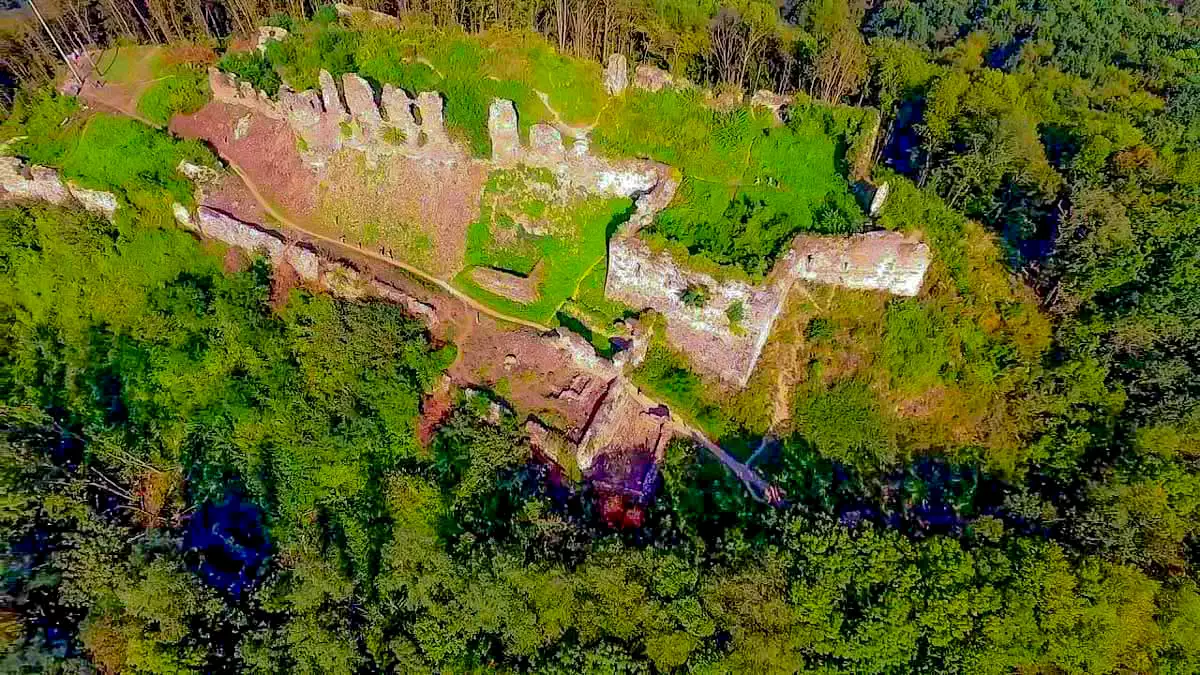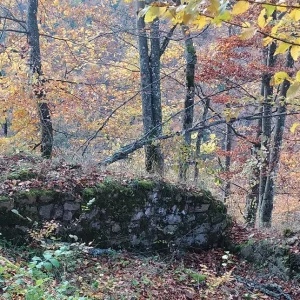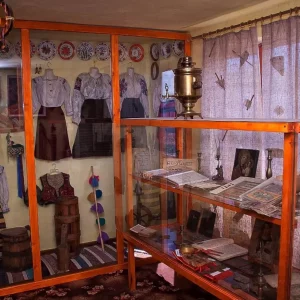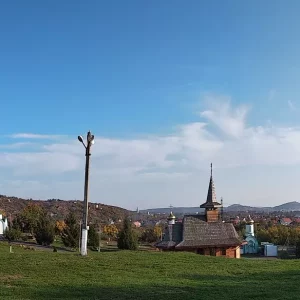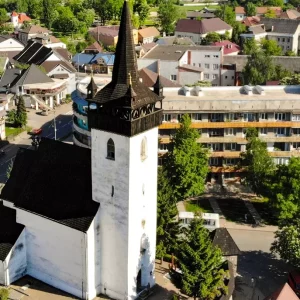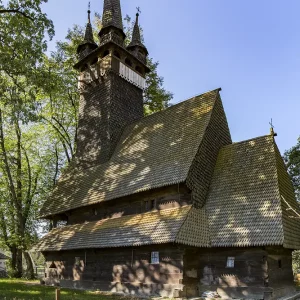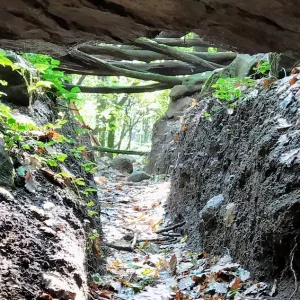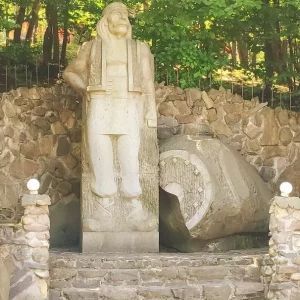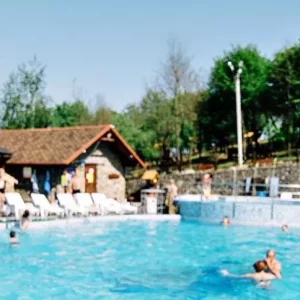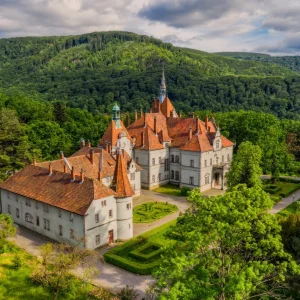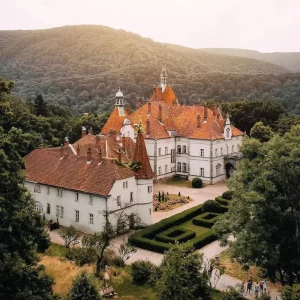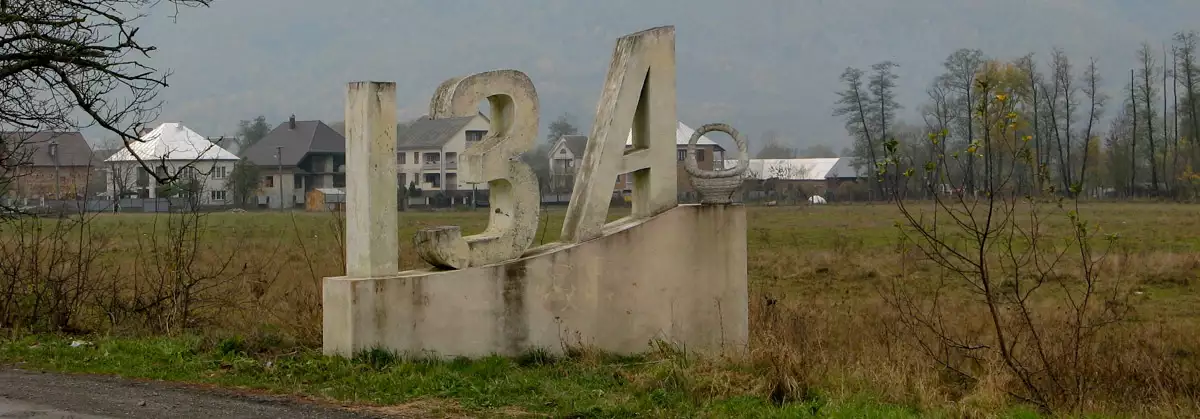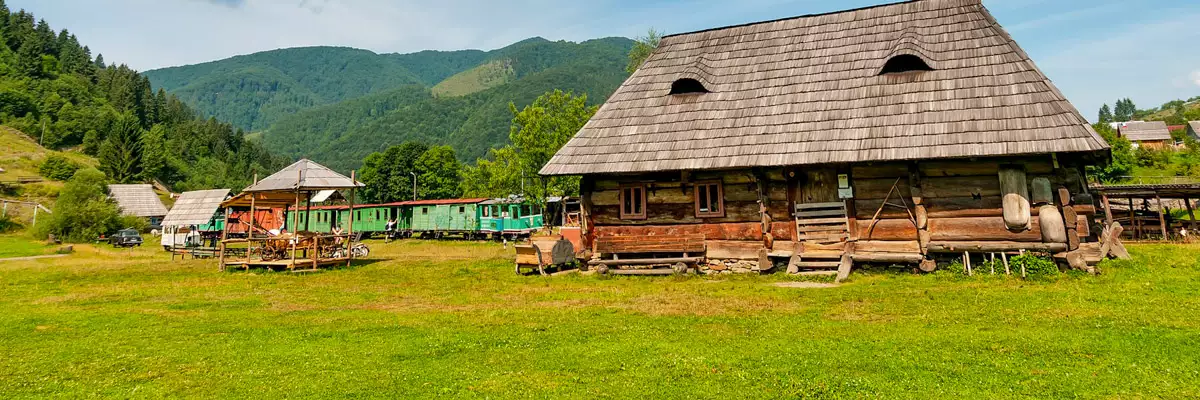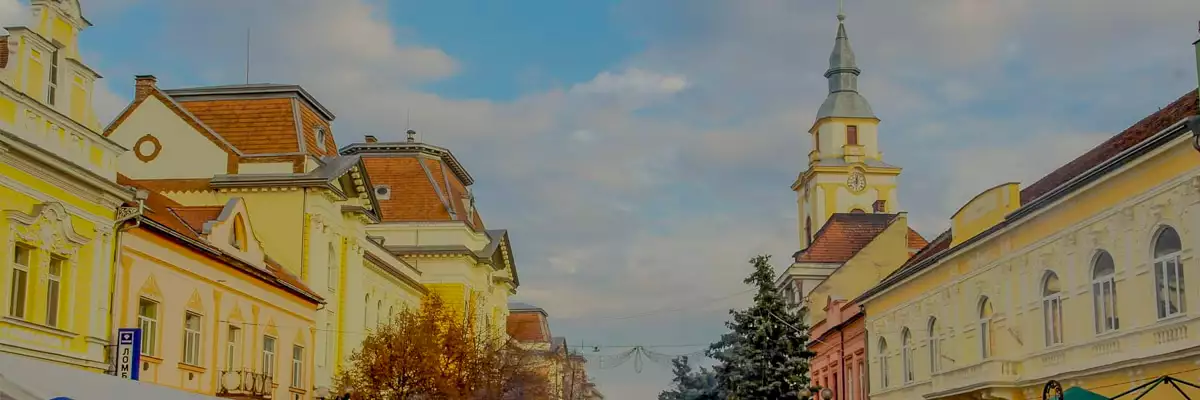Initially, there was a wooden fortification on the site of the Khust Castle. Later, by order of the Hungarian kings, the fortress was rebuilt and made of stone. This reconstruction took a whole century from 1090 to 1191. Today, the remains of the fortress can barely be seen through the trees. In the Middle Ages, Khust Castle was known as an impregnable fortress.
During the Tatar-Mongol invasion in 1242, the castle was destroyed, but soon it was completely restored. The main purpose of the fortress was to control salt caravans along the Tisza. At the end of the 14th century, the owner of the castle Ioann Pereni told his son “Salt without Khust, and Khust without salt are worthless” .
After 1526, the Khust fortress became part of the Principality of Transylvania. The owner of the castle became Janos Zapolyai, who was proclaimed king of Hungary by part of the Hungarian nobility. Since then, Khust Castle has become the arena of wars between the Transylvanian Principality and the Habsburgs.
In 1556, the castle was besieged by the army of Andre Bathory. There were only 800 defenders of the fortress, who during the long siege suffered from a lack of food and soon began to die of scurvy. On January 20, 1557, the castle garrison capitulated. At that time, only 12 defenders of the castle remained alive.
In 1577, the castle was thoroughly reconstructed. So when the Turkish troops entered Maramoroshchyna in 1660, the janissaries did not dare to take the Khust stronghold, but sent a delegation to it, which included the traveler and author of the multi-volume “Book of Travels” Evliya Celebi. He compared the Khust castle to the Iskander fortress, because the height of its towers reached the heavens.
In 1709, the All-Transylvania Diet of supporters of Prince Ferenc II Rakocza took place in the fortress. During the Kurut uprising of 1703-1711, the fortress was badly damaged and gradually began to lose its strategic role. On July 3, 1766, lightning struck the powder storehouse of the fortress. The explosion caused significant damage to the castle, and the royal garrison abandoned it. The fortress has not been restored since then and is gradually falling into disrepair. Several institutions in Khust, as well as a Catholic church, were built from the stones of the castle. The bell and tower chimes of the fortress were also moved to the church.
Don’t test the strength of your four-wheeled friends trying to get to the top of the castle hill. Driving the steep serpentine that wraps around the mountain, about halfway to the castle ruins, near the cemetery, there is a place to leave the car to continue the journey on foot. According to legend, a watchtower once stood on this place, from which an underground passage led to the castle.
